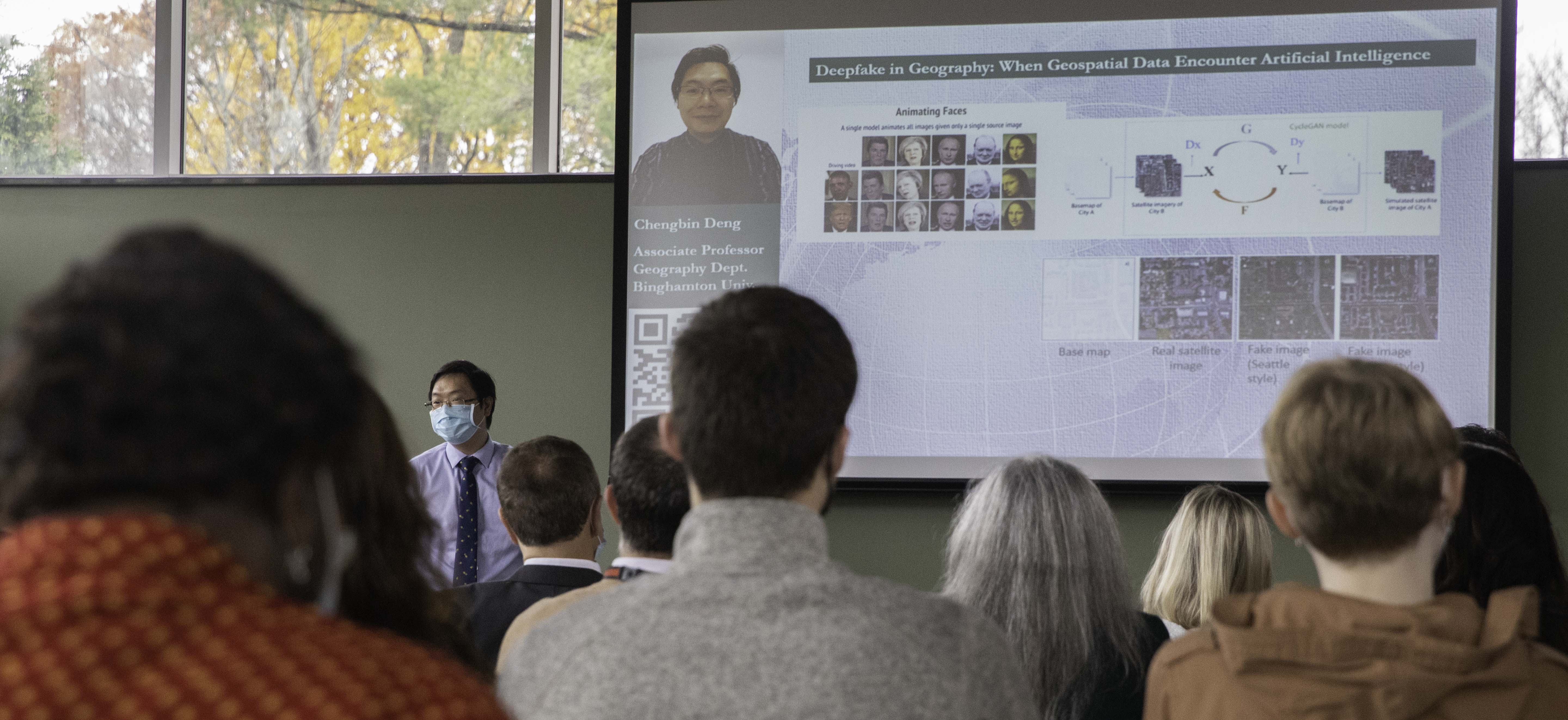Document Type
Poster
Publication Date
2018
Keywords
Southwest Archaeology, Early Agricultural Period, Remote Sensing, Geographic Information Systems, Unmanned Aerial Vehicles
Abstract
Covering an area of nearly ten square kilometers, La Playa (SON F:10:3) is one of the most important archaeological sites in northwest Mexico. While La Playa has been best known for its Early Agricultural occupation, this research, funded through National Geographic, targets the poorly understood origins of the Trincheras Tradition. This poster presents initial results of magnetic gradiometry and photogrammetric imagery collected from the site in April 2017 as part of the ongoing binational project Proyecto La Playa. Along with magnetic gradiometry data collection, several unmanned aerial vehicle flights with a Trimble UX5 captured photogrammetric images of the site. This data has yielded the possible presence of irrigation canals, pithouses, and thermal features. With erosion damaging much of La Playa, this research documents at-risk features for future excavation.
Recommended Citation
Hertfelder, Paula; Abrego, Alejandra; Claypatch, Hunter M.; DeSmet, Timothy; and Lee, Christopher, "Preliminary Results of Magnetic Gradiometry and Photogrammetric Imagery from La Playa, Sonora, Mexico (SON F:10:3)" (2018). GIS Day. 2.
https://orb.binghamton.edu/gisday/2




Comments
This poster presents preliminary results of remote sensing work at La Playa, a major archaeological site in Sonora, Mexico, as part of the binational collaborative Proyecto La Playa. It was presented at the 2018 Southwest Symposium in Denver, Colorado and at Binghamton University GIS Day in February of 2018.